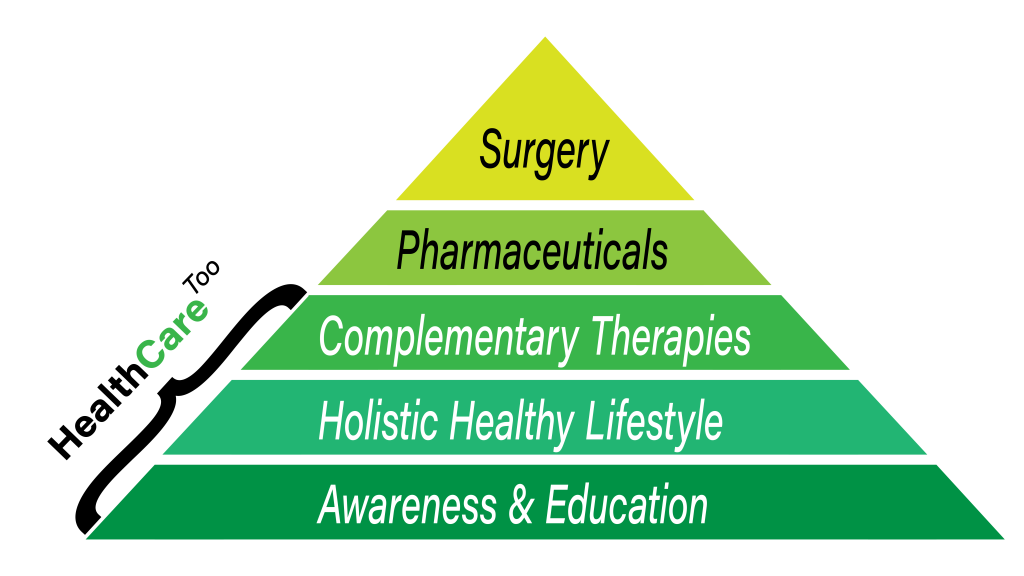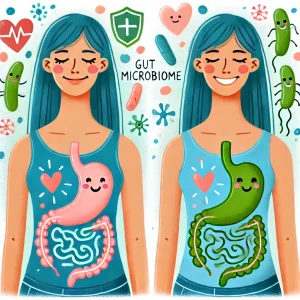Gut Microbes Ignore Nutrition Labels
Despite all efforts to put nutrition labels on foods and menu items, gut microbes ignore nutrition labels. We have a limited understanding about the trillions of microbes in our guts and their interactions with each other as well as our food.
Foods that look the same on nutrition labels can have vastly different effects on our microbiomes, report researchers in a paper publishing June 12 in the journal Cell Host & Microbe. The researchers’ observations of participants’ diets and stool samples over the course of 17 days suggested that the correlation between what we eat and what’s happening with our gut microbes might not be as straightforward as we thought. This adds an increased level of complexity to research focused on improving health by manipulating the microbiome.
“Nutrition labels are human-centric,” says senior author Dan Knights, of the Department of Computer Science and Engineering and the BioTechnology Institute at the University of Minnesota. “They don’t provide much information about how the microbiome is going to change from day to day or person to person.”
What the researchers observed was a much closer correspondence between changes in the diet and the microbiome when they considered how foods were related to each other rather than only their nutritional content. For example, two different types of leafy greens like spinach and kale may have a similar influence on the microbiome, whereas another type of vegetable like carrots or tomatoes may have a very different impact, even if the conventional nutrient profiles are similar. The researchers developed a tree structure to relate foods to each other and share statistical information across closely related foods.
Source: Gut microbes respond differently to foods with similar nutrition labels
You may also enjoy How Smoking In 1958 Is Like Eating In 2018




